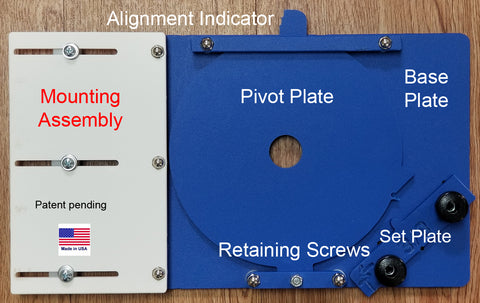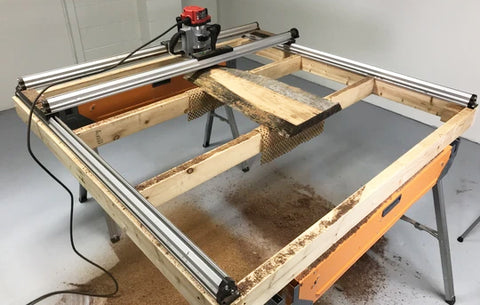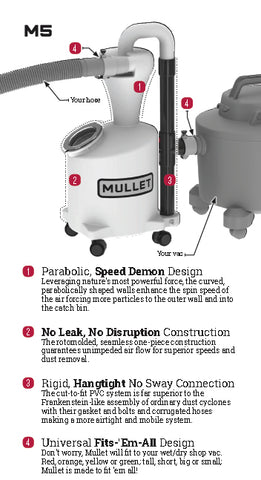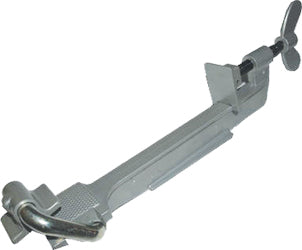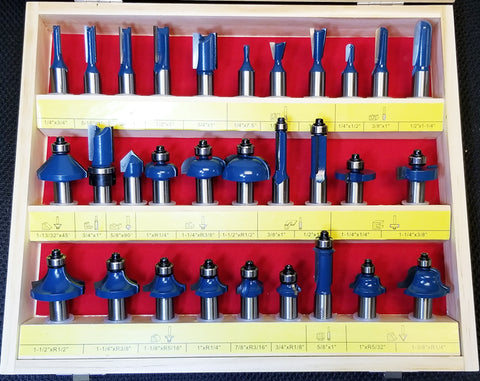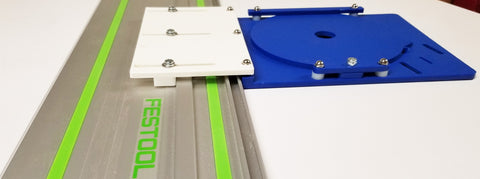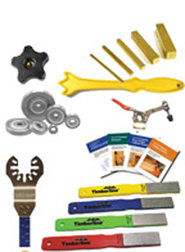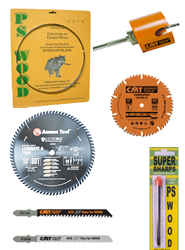The Most Common Woodworking Mistakes I Learned the Hard Way
If you're just getting into woodworking, you're bound to make some mistakes. I definitely did. In fact, most of what I know now came from trial and error—wasted wood, bad cuts, and some seriously crooked shelves.
To save you some frustration (and a few trips to the hardware store), here are the most common woodworking mistakes I made—and what you can do to avoid them.
1. Not Measuring Properly
"Measure twice, cut once." I ignored that rule more than I’d like to admit. Whether I was rushing or just eyeballing things, I ended up with mismatched parts and scrap wood. Always double-check your measurements and mark clearly.
2. Skipping the Sanding Step
I thought sanding was optional. It’s not. A good sanding job smooths your surface, helps stain absorb properly, and makes your finished piece look way more professional.
3. Using the Wrong Wood
Early on, I chose whatever wood was cheapest. That usually meant softwoods that dent easily or warped later. Learn which woods work best for your project type—and always check moisture levels.
4. Rushing the Finish
I once applied a second coat of stain before the first had dried. Big mistake. It looked patchy and took forever to dry. Always follow the recommended drying times and test on scrap pieces first.
5. Not Using Enough Clamps
I figured hand pressure was enough. It wasn’t. My glue joints were weak and things fell apart. Good clamps—and enough of them—are essential for solid, clean joins.
6. Taking on Projects That Were Too Advanced
I got ahead of myself and tried building a coffee table way before I was ready. It ended in frustration and wasted lumber. Start small and build up your skills with each project.
7. Neglecting Safety
One close call with a saw blade taught me to never compromise on safety. Wear your goggles, use push sticks, and stay alert. No project is worth risking injury.
8. Using Dull Tools
I didn’t realize how dangerous dull blades could be—cuts were rough, and tools would slip. Keep your tools sharp, and your cuts will be safer and cleaner.
9. Ignoring Grain Direction
Cutting or planing against the grain caused rough surfaces and tear-out. Always work with the grain when possible—your tools (and your wood) will thank you.
10. Not Learning From Mistakes
I used to get frustrated and just move on when things went wrong. But once I started paying attention and figuring out what caused the issue, I improved way faster.
Final Thoughts
Woodworking takes time, patience, and a whole lot of learning. Mistakes are part of the process—embrace them, learn from them, and keep building. Every project gets a little bit better.
Got a mistake you've learned the hard way? Share it in the comments—I’d love to hear your story!

